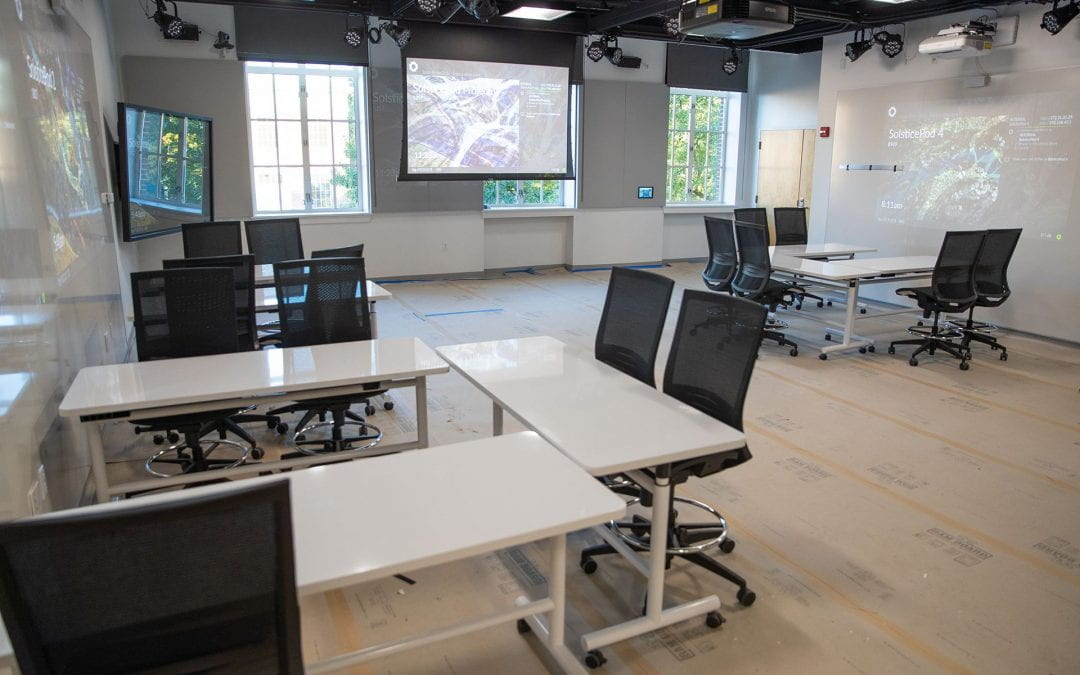
This project was a collaboration of the College of Arts and Architecture and Teaching and Learning with Technology. The fellows include:
- Stephen Carpenter, Interim Director of the School of Visual Arts, Professor of Art Education and African American Studies
- Ann Clements, Associate Professor of Music Education
- Aaron Knochel, Assistant Professor of Art Education
- Bart Pursel, Affiliate Associate Research Professor of Information Sciences and Technology
- Susan Russell, Associate Professor of Theatre
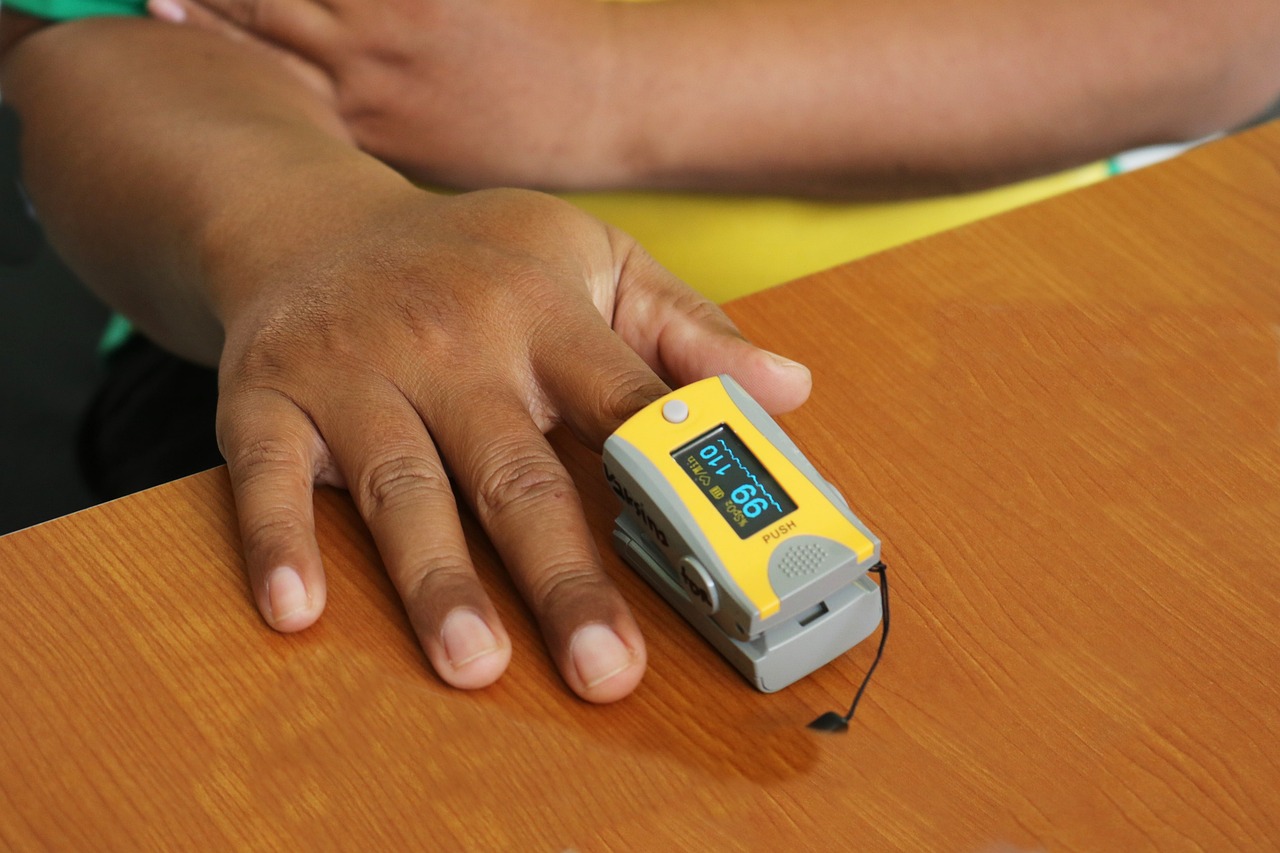
Through this project, Chris Bopp, a kinesiology instructor, was on a mission to simultaneously improve the health of the community and provide his students with real-world clinical skills. In years past, he’d brought teams of students to Commonwealth campuses, regional YMCAs, and the Library of Congress in Washington, D.C., to conduct health screenings and fitness tests. “This model serves as the basis for our outreach efforts to date: skilled students with faculty supervision working with local medical practitioners on site to screen participants. This program will allow them to expand their skill set while gaining that practical experience they need to be successful after they graduate.” Bopp said he chose to join the Faculty Academy to expand his impact and kickstart new initiatives among colleagues. “Faculty who are interested in getting involved should start small. One day could make the difference in the life of one of your participants.”
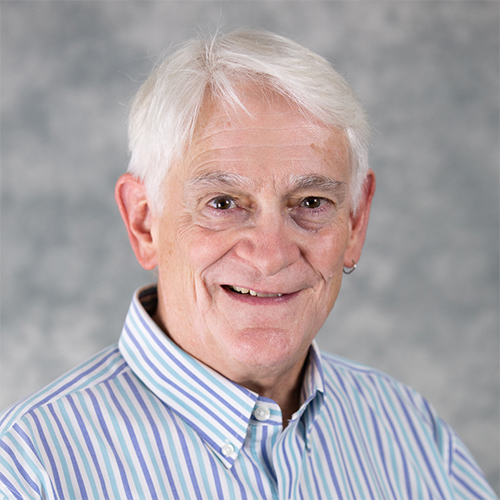
John Carroll, a distinguished professor of Information Sciences and Technology, is trying to bridge the gap between the Penn State and State College communities with the help of mobile applications. His end goal? Civic engagement. “I think we should reconceive of community as a supportive context for human innovation. We need to keep inventing human community—it’s fun to do and no one can do it for us.” His inventions include the “Lost State College” app—allowing individuals to visit 32 heritage sites downtown and learn about the distant past—and the “Future State College” app, which offers glimpses into anticipated building developments. Disengagment, Carroll said, is a problem that plagues modern society, though the culprits and remedies are well documented. “We have the opportunity to make a statement about how explicitly and how seriously engagement is addressed in the student experience at Penn State.”
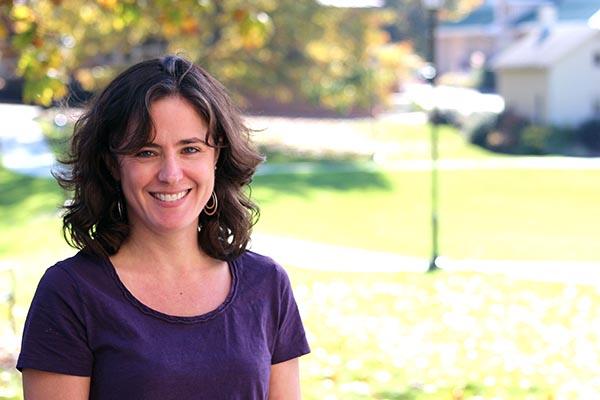
Kira Hamman, a mathematics instructor, envisions making student research readily available to the public. The solution to reach those outside of academia is to create an online forum—one that may also achieve social justice in the process. “Students will also benefit from this, of course, by being part of a bigger picture, with real results and consequences. In the digital age, there’s no reason for high-quality scholarship to molder in the dark at the end of the term. It can and should be made available to anyone who’s interested.” Her own scholarly interests hinge on larger social issues, including applying statistics to race and police violence and encouraging public discourse. Hamman said she hopes her students’ work can likewise have implications for broader audiences. “Our credibility as a University, combined with our land-grant mission, makes public scholarship—of which student engagement is a part—a natural fit for us.”
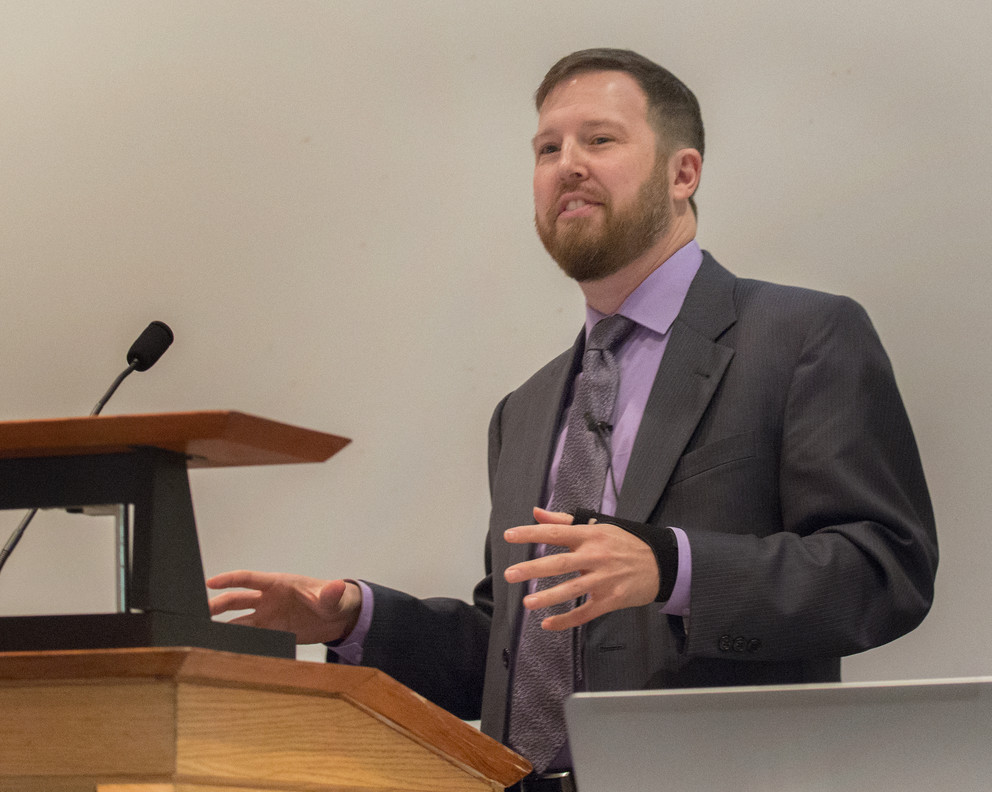
Sascha Meinrath, the Palmer Chair in Telecommunications, has a long-term goal of building an alumni network in Washington, D.C.—directly increasing the University’s impact and reputation. In the short term, he’s focused on recruiting the “next generation of leadership” in the Beltway. “This initiative focuses on placing Penn State students at the forefront of current policy debates through the establishment of paid internships for those interested in actively participating in national policy-making.” As Meinrath explained, interns can pave the way for real-world impact when matched to organizations engaged in pending policy interventions. The relationship would be “mutually valuable” as a slew of local organizations aim to fill the talent gap. “Student engagement means a lot of different things. I think it’s important to differentiate between engagement that has meaningful impact and, in particular, has large-scale or national implications.”
